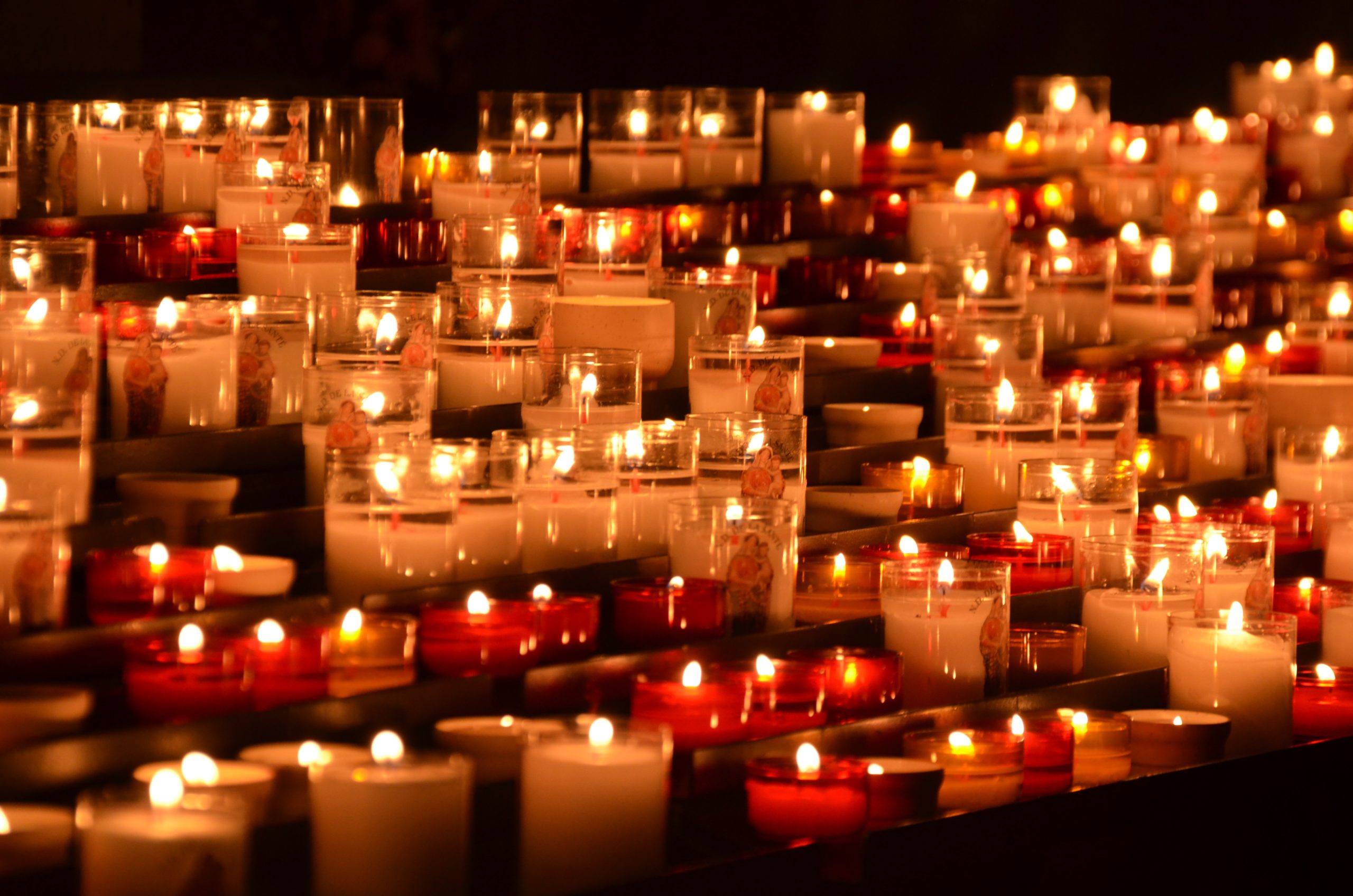Photo by Irina Anastasiu from Pexels
By Christina H. Paguyo, Ph.D.
When I first heard about the racist, sexist attacks in Atlanta and the white domestic terrorist now charged with shooting and murdering eight people, including six Asian women, I felt numb. Loved ones pinged me with text messages, phone calls, and emails to offer virtual and energetic cocoons of support. While I felt open to limitless love-light, I also felt numb to the all-too-familiar coordinates of racism, sexism, and gun violence in the GPS of America.
I suppose my numbness is a practice that grows, in part, from my epigenetic history. Folklore from the Paguyo side of my family says that we come from a long line of Filipinx indigenous and shamanic healers, a calling that created interest convergence when my aunties immigrated to the U.S. as nurses. My mother says that during the Korean war, my grandparents escaped North Korea like many others, sometimes on top of a train and sometimes by foot, walking so much that my 할아버지 (grandfather) and 할머니 (grandmother) lost their toenails carrying my two eldest aunties, then a toddler and a little baby, along with all their worldly belongings. Some thirty-ish years later, my parents met and married. My mother gave birth to me in Seoul without an epidural, gritting her teeth and screaming through multiple days of labor. We immigrated to the US when I was a toddler, and we learned how to assimilate very quickly. My genealogical trail taught me that ignoring pain and working hard meant survival so we could eventually achieve the alleged American Dream.
Not one week after the Atlanta rampage, a friend in California texted to make sure I was nowhere near the Boulder shooting. I had no idea what she was talking about and turned on the news. With my heart in my throat, I frantically texted my sister-scholar Dra. Valentina Iturbe-LaGrave (who, as many of you know, lives in Boulder) as well as graduate school buddies and faculty from CU Boulder, my alma mater. Upon receiving evacuation orders, one of my dear friends drove like a bat out of hell away from campus. She texted about the surreal experience of fleeing out of Boulder only to see police, fire trucks, and emergency vehicles racing in the opposite direction, sirens and lights blazing. Relief washed through my body when I learned that all my friends were physically safe. I went to bed feeling grateful.
The following morning, I woke up bawling. Tears streamed down my cheeks as I pressed my face into my pillow and my palms. I had no words. All I could do was feel my heart breaking into a million pieces, a sentiment articulated and affirmed so profoundly by R.O. Kwon. I thought about my mother, my aunties, the Asian women whom I’ve befriended, the Asian women whom I do not know, and the ones of us who come from communities that suffer “indignities created by current political and economic systems” (Shea and Sandoval, 2020, p. 46). I thought about our individual and collective experiences with trauma, across our local and national landscapes, and I wept.
Resisting the survival mechanisms of my childhood––practices that have historically served me well––I am attempting to acknowledge the infinite spectrum of my feelings. At times I feel numb. At times I feel helpless. And other times I feel intertwining and overlapping waves of grief, rage, fatigue, and dare I say, hope. I look forward to a time, in the not-too-distant future, when I can compost and transform these emotions into action. But, in the meantime, I am attempting to “recognize the reality of craving and fear that lives in each human heart” (Brach, 2012, para. 6). For me, the act of “seeing” my emotions is one of many entry points towards metabolizing the grief etched in the maps of our singular and communal lived experiences.

